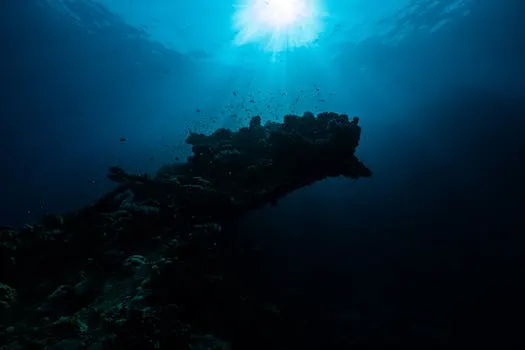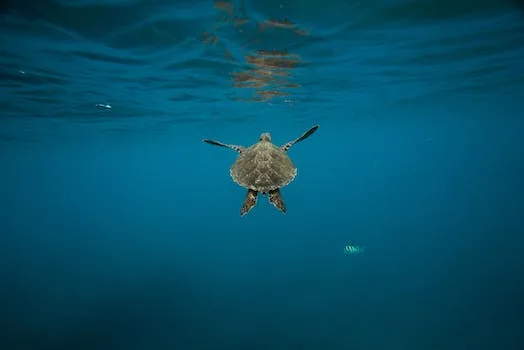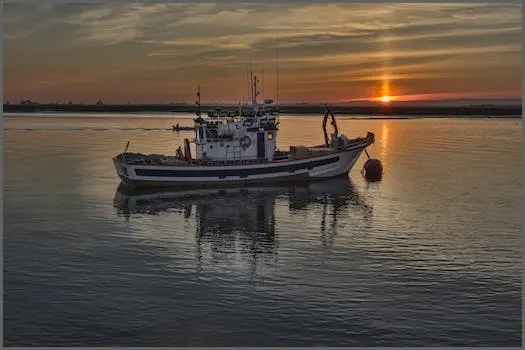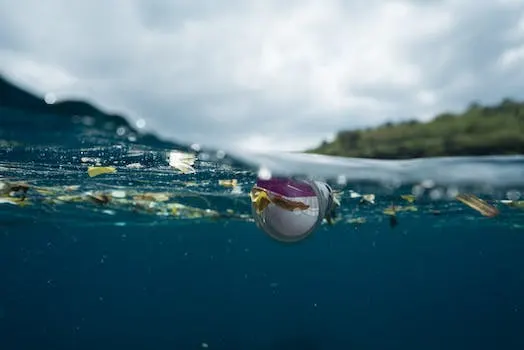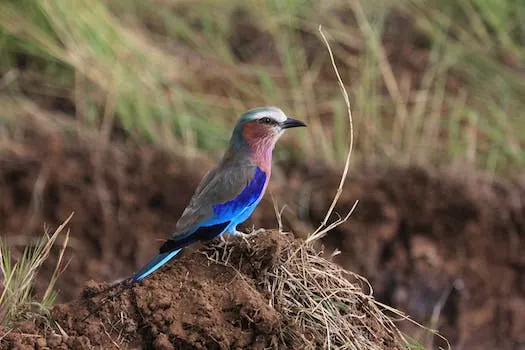
The Role of Flagship Species in Conservation
Flagship species play an important role in nature conservation, acting as ambassadors to draw attention to the urgent need for action and funding around conservation. These species are often iconic or have some symbolic or cultural importance to a certain area, making them attractive to people who may not otherwise have an interest in conservation. Flagship species are usually animals that people are familiar with and possess one or more appealing features. The koala is a prime example of a flagship species, chosen for its ability to act as an ambassador for community education on the benefits of biodiversity within its distribution. Furthermore, flagship and umbrella species can be used as symbols in order to rally public support for conservation efforts worldwide. By focusing on these charismatic animals, conservationists aim to use their appeal to create greater awareness about the importance of protecting nature and its environment.
What is a Flagship Species?
Flagship species are an important tool in conservation efforts, as they can help to raise awareness and garner support for the protection of biodiversity. These species are typically chosen for their iconic or symbolic value, often being large and charismatic mammals such as tigers, elephants, and whales. Birds are also commonly used as flagship species due to their popularity with the public. Flagship species can be used to engage donors through public relations campaigns, education initiatives, and fundraising activities. However, it is important to note that relying on a single species has its drawbacks; conservation efforts must take into account the wider ecosystem in order to be successful. Critiques of this approach have been raised by naturalists who argue that focusing on one particular animal does not address the underlying issues causing habitat destruction or other environmental problems. Despite these criticisms, flagship species remain an effective way of raising awareness about conservation issues and inspiring people to take action in protecting our planet’s precious biodiversity.
How Do Flagship Species Help with Conservation?
Flagship species can be a powerful tool in conservation efforts, helping to raise awareness and funds for conservation projects. They can also be used as indicators of the health of an ecosystem, since their presence or absence can indicate the state of an ecosystem. Additionally, they can be used to focus conservation efforts on a specific area or species, allowing for more targeted and effective conservation actions. McGowan et al. have shown that prioritizing flagship species when it comes to raising funds and awareness is effective in achieving these goals. Furthermore, the appearance of these animals makes them attractive to people who are concerned about their habitat and may donate money towards its protection. A strategy that monitors indicator species in order to get advance warning of perturbations in an ecosystem is another way that flagship species help with conservation efforts. Focusing on the conservation of this type of animal facilitates the management and control of large areas of habitat, not only protecting flagship species but also other wildlife living there as well. Finally, by calling attention to global environmental threats such as illegal wildlife trade through campaigns featuring flagship species, people become more aware about these issues which helps lead to better protection for all wildlife around the world.
Examples of Flagship Species
Flagship species are iconic animals that play an important role in conservation efforts. These species are used to raise awareness and funds for the protection of their habitats and ecosystems. Examples of some flagship species include the Bengal Tiger (Panthera tigris), Asian Elephant (Elephas maximus), African Elephant (Loxodonta africana), Giant Panda (Ailuropoda melanoleuca) and Bald Eagle (Haliaeetus leucocephalus). The World Wildlife Fund has adopted these animals as their official flagship species, using them to promote conservation efforts around the world.
The giant panda is one of the most well-known examples of a flagship species, with its distinctive black-and-white fur making it instantly recognizable. This endangered animal is native to China and lives in temperate forests in mountainous regions. It feeds mainly on bamboo shoots, which makes it vulnerable to habitat destruction due to deforestation or climate change. Conservation efforts have been successful in increasing its population size over recent years, but more work needs to be done if this beloved animal is going to survive into the future.
The Bengal Tiger is another example of a flagship species that has been adopted by many conservation organizations around the world. This majestic animal can be found throughout India, Bangladesh, Nepal and Bhutan but its numbers have declined drastically due to poaching and habitat loss caused by human activities such as logging or mining operations. Conservationists are working hard to protect this endangered animal from extinction through anti-poaching measures as well as habitat restoration projects across its range countries.
The African elephant is yet another example of a flagship species that has become synonymous with wildlife conservation efforts worldwide. This iconic mammal can be found across sub-Saharan Africa where it plays an important role in maintaining healthy ecosystems through seed dispersal and creating pathways for other animals within its range countries’ forests or savannahs habitats . Unfortunately , poaching for ivory continues despite international bans on trade , making it difficult for populations of this majestic creature remain stable . As such , there have been numerous initiatives implemented by governments , NGOs , private companies , local communities etc . aimed at protecting Elephants from poachers while also providing economic benefits from ecotourism activities .
Finally , sea turtles are another example of a flagship species whose plight has become increasingly recognized over recent years . These ancient reptiles inhabit tropical oceans around the world where they face threats from fishing nets entanglement ; plastic pollution ; coastal development ; climate change etc . In order combat these threats various organizations have launched campaigns aimed at raising awareness about sea turtle protection while also implementing measures such as beach cleanups or artificial nesting sites construction which help ensure their survival into future generations .
Challenges of Using Flagship Species
The use of flagship species in conservation is a popular strategy, as it helps to raise awareness and funds for conservation efforts. These iconic animals are often used as surrogates for regional biota whose spatial distributions are poorly known. However, there are some challenges associated with this approach. One of the biggest issues is that protecting and maintaining these species can be expensive, since they often require specific habitats and resources to survive. Additionally, some flagship species may not be the most suitable for a particular conservation effort, as they may not be the most threatened or important species in the area. Finally, there is a risk that focusing too much attention on one single species could lead to other species or habitats being overlooked or ignored.
Insects are often overlooked when it comes to flagship species due to their small size and lack of visibility; however, this means that few people think about their importance in biodiversity conservation efforts. Protection and creation of habitats suitable for insect flagship species will benefit many organisms besides insects themselves – from birds who rely on them as food sources to plants which depend on them for pollination services – making them an important part of any successful conservation plan.
Overall, while using umbrella and flagship species can help raise awareness about biodiversity loss and generate funds for conservation projects, it is important to consider all potential challenges before implementing such strategies so that resources are used efficiently without overlooking other important aspects of biodiversity protection such as habitat preservation or other threatened animal populations.
Conclusion
The role of flagship species in conservation is an important one. They can act as symbols and rallying points to raise awareness and encourage people to take action to protect nature and its environment. Flagship species can also help draw attention to, and raise funds for, conservation efforts, while also being used to monitor the health of an ecosystem. However, there are some challenges associated with using flagship species such as their potential cost and the risk of overlooking other species or habitats. Despite these challenges, they remain a powerful tool in helping protect nature and its environment. Conservation campaigns that focus on flagship species facilitate the management and control of large areas of habitat which not only protects them but also helps preserve life support functions for other wild species living in those habitats. Furthermore, it is important to appreciate that these campaigns are not just about protecting individual charismatic animals but rather about preserving entire ecosystems which provide essential services for all living things on Earth.
